.jpg)
Introduction
Leak detection is a crucial aspect of water restoration processes. Water leaks can cause significant damage to properties and infrastructure, leading to costly repairs and disruptions. To mitigate these risks, automated leak detection processes have become increasingly important. In this article, we will explore the advantages of automating leak detection, the various methods and technologies used, and the benefits they provide in preventing further water damage.
The Importance of Automated Leak Detection
.jpg)
Automating leak detection processes offers several key benefits in water restoration:
1. Early Detection: Automated systems can detect leaks at their early stages, significantly reducing the potential for extensive water damage. Early detection allows for prompt action, preventing further destruction and minimizing repair costs.
2. Cost Savings: By detecting leaks early, automated systems help save money on repair and restoration expenses. The sooner a leak is identified and addressed, the less damage it can cause, resulting in lower repair costs.
3. Mitigating Property Damage: Water damage can lead to structural damage, mold growth, and property deterioration. Automated leak detection helps mitigate these risks by identifying leaks before they cause significant harm to the property and its contents.
4. Preventing Mold and Mildew: Water leaks create a favorable environment for mold and mildew growth. Automated leak detection can help prevent the spread of mold and mildew by identifying and addressing leaks promptly.
.jpg)
Methods and Technologies Used in Leak Detection
There are various methods and technologies employed in automated leak detection processes. These include:
1. Water Leak Detectors: Water leak detectors are devices that can detect leaks by sensing changes in water flow or pressure. These detectors are typically installed in areas prone to leaks, such as basements, bathrooms, and kitchens. They can trigger alarms or notifications when a potential leak is detected.
2. Thermal Imaging: Thermal imaging cameras can detect hidden water leaks by capturing temperature changes in affected areas. Water leaks often cause variations in temperature, and thermal imaging can identify these anomalies, enabling early detection and intervention.
3. Electronic Sensors: Electronic sensors are highly sensitive devices that can detect even minor changes in moisture levels. When placed in strategic locations, these sensors can quickly identify leaks and alert property owners or water restoration professionals.
4. Acoustic Listening Devices: Acoustic listening devices can detect leaks by identifying the sound of water escaping from pipes or infrastructure. These devices amplify the sounds of water leaks, enabling precise identification of the leak’s location for prompt repairs.
The Benefits of Automated Leak Detection
Automated leak detection offers several benefits in water restoration:
1. Timely Intervention: Automated systems can quickly identify and notify property owners or water restoration professionals about leaks, enabling prompt action and minimizing damage.
2. Reduced Costs: Early leak detection prevents further damage, leading to lower repair and restoration costs. By addressing leaks promptly, property owners can avoid expensive repairs and potential insurance claims.
3. Improved Efficiency: Automated leak detection processes streamline the detection and mitigation of water leaks, saving time and effort for both property owners and water restoration professionals.
4. Enhanced Property Protection: By identifying leaks at their early stages, automated systems protect the property from significant damage, preserving its value and integrity.
5. Mitigation of Health Risks: Water leaks can lead to mold and mildew growth, which can adversely affect indoor air quality and pose health risks. Automated leak detection helps prevent the spread of mold and mitigates associated health hazards.
Frequently Asked Questions (FAQs)
What are the benefits of automated leak detection?
What methods and technologies are used in leak detection?
Conclusion
Automating leak detection processes in water restoration is essential for preventing further damage, reducing costs, and protecting properties. With the advancements in technology and the availability of various leak detection methods, property owners can now leverage automated systems to detect leaks early and take timely action. By incorporating automated leak detection into their water restoration processes, professionals can improve efficiency, minimize property damage, and save costs.



